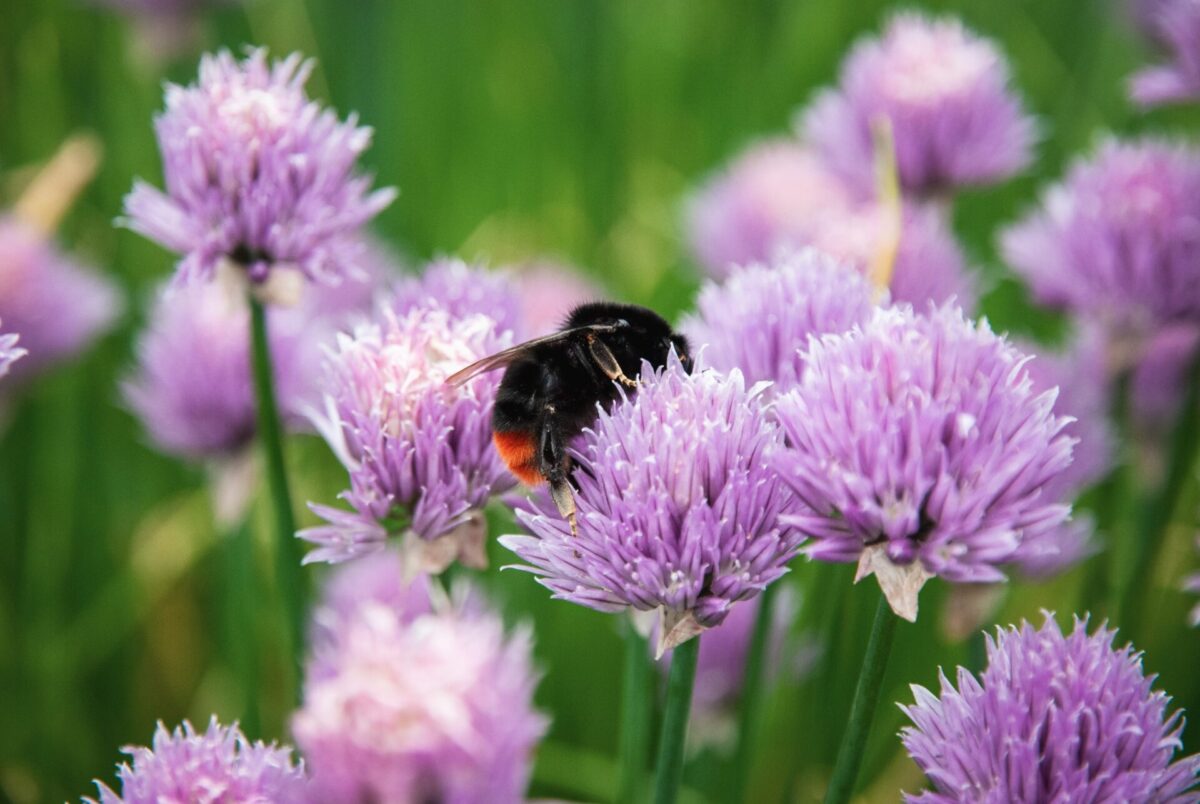Enhance Your Landscape: The Benefits of Planting Native Plants

Posted on October 2, 2023 by Jeremiah Sooter
When it comes to landscaping, incorporating native plants into your design can have numerous benefits. A genuinely native plant is a naturally occurring species to a regional ecosystem that has adapted to the local climate, soil conditions, and wildlife interactions.
Unlike non-native species that often require extensive irrigation and fertilization, native plants, by design, can thrive year-round. That’s because native plants can flourish without excessive water or chemical additives, which can reduce water usage and minimize the use of synthetic pesticides, herbicides, or supplemental plant nutrients.
Another advantage of incorporating native plants into your landscape is their resilience against pests and diseases. Native plant species have developed natural defenses over time, making them more resistant to common threats within the local Four States region. As a result, you can enjoy healthier plants with fewer pest-related issues.
Moreover, using native plants helps preserve regional identity and cultural heritage by showcasing the indigenous flora found in the area. It adds a sense of belonging by reflecting the natural beauty of the surrounding environment.
By understanding the importance of planting native plants in your landscape, you can create sustainable outdoor spaces that benefit you and the environment. In choosing indigenous plant species, you support biodiversity conservation efforts while enjoying low-maintenance landscapes that harmonize with nature’s rhythms.
Advantages of Planting Native Plants in Your Garden
Choosing to plant native plants for your garden offers a multitude of advantages. In today’s blog we’ll touch on these top gains associated with planting native plants into your landscape:
- Environmental Adaptation
- Wildlife Habitat
- Water Conservation
- Low Maintenance
- Pest Resistance
- Soil Health
- Aesthetically Pleasing
Environmental Adaptation
Native plants can thrive in their specific environment without excessive watering, fertilizers, or pesticides. They have evolved to withstand local weather patterns, including temperature extremes and drought conditions.
Wildlife Habitat
Local plant life provides essential food sources and shelter for wildlife such as birds, butterflies, bees, and other pollinators. By choosing native species, you can create a thriving habitat that supports biodiversity and ecological balance.
Water Conservation
Regional plant life through the Four States generally requires less water than non-native species once established because they have adapted to the natural rainfall patterns of the region. That can help reduce water consumption in your garden while promoting sustainable gardening practices. Native plants sold at your local garden nursery or greenhouse are often labeled “drought tolerant.”
Low Maintenance
Compared to exotic or non-native plants that may require extensive care and maintenance, native plants are typically low maintenance once established. They are well-adapted to local conditions and often require minimal pruning or pest control interventions.
Pest Resistance
Native plants have natural defenses against diseases and pests in the Four States region. As a result, they often require fewer chemical interventions for pest control compared to non-native species. However, if you’re looking for native plants that have natural defenses, you can look for descriptions like “deer resistant,” “insect resistant,” or “disease resistant.”
Soil Health Improvement
Native plant roots tend to be deep-rooted systems that help improve soil structure by preventing erosion and promoting better water infiltration to recharge the groundwater supply. They also contribute organic matter as they shed leaves or die back seasonally.
Aesthetically Pleasing
Many native plant species offer beautiful blooms, vibrant foliage colors, exciting textures, and unique growth habits that can enhance your garden’s visual appeal while maintaining an authentic sense of place.
Sourcing Native Plants For Your Native Landscape Design
When it comes to designing a native landscape, sourcing native plants is essential to ensure the authenticity and sustainability of your design. While you can certainly take on the task yourself, hiring a landscape professional can significantly simplify the process and ensure you have access to various native plant options.
One reputable company that specializes in native landscape design and plant sourcing is Ground Up Services. With their expertise in creating beautiful and environmentally friendly landscapes, they can guide you through selecting and sourcing native plants for your specific design goals.
By contacting Ground Up Services, you can benefit from their extensive knowledge of local ecosystems and ability to identify the most suitable native plants across the Four States. They will work closely with you to understand your vision for a native landscape design and help you source and install the right plants that will thrive in the Four States’ specific climate and soil conditions.
With professional assistance from Ground Up Services, you can create a genuinely sustainable and visually stunning native landscape that enhances both the beauty of your property and its ecological value. Schedule your on-site consultation by calling Ground Up Services at (417) 439-1009 today!